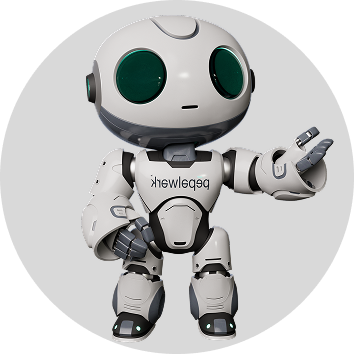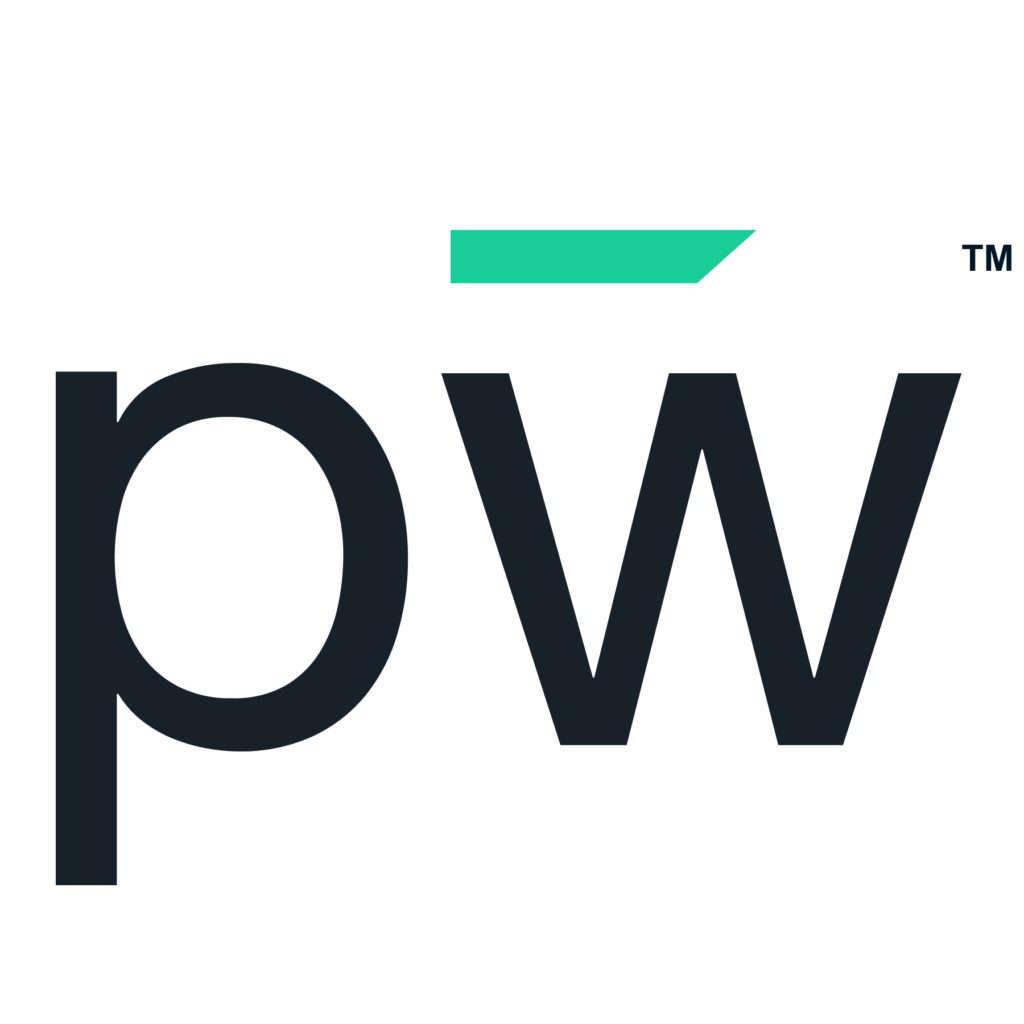The future of work is evolving at a rapid speed, driven by a myriad of factors. This fast-paced change is the result of advancements in technology, differences in how people learn and prepare for careers, and a shift to skills-based hiring. As a result, your organization will need to revisit its strategic workforce plan.
In this evaluation, you’ll identify workforce planning tools and solutions to support hiring for today and tomorrow. Your approach to talent acquisition and development will need a revamp to prepare your business for the future of work.
What is workforce planning, and how has it changed?
Workforce planning consists of looking at five areas that align with the future of work:
Why will people work?
Uncovering the “why” translates to understanding a person’s motivations because they are different for each individual. Most companies think money is at the top of the list, but a Gallup poll revealed there’s more to the story. The top things employees look for in a new job are money and benefits, work-life balance, better well-being and the ability to do what they do best. People want a living wage, a balanced life and autonomy.
What will workers do?
The adoption of technology in every industry has changed how people work. Automation has removed a lot of manual tasks, and robots can handle repetitive tasks. There’s ongoing discussion about whether artificial intelligence (AI) will eliminate jobs. It indeed will eliminate some jobs, but it will also create others, according to the World Economic Forum.
These new roles will require new skills. We’re already seeing this in play across the workforce. Thus, organizations that need to fill these positions have to rethink talent acquisition and development and consider the possibility that they will have to find candidates with potential and upskill them on the job.
Where will people work?
Most jobs are possible to do from anywhere, and the pandemic showed us this undeniably. It also created new expectations for people who fit into this category of employment. Most want to work remotely at least part of the time because it gives them more balance and autonomy.
Many companies have landed on a hybrid work model. For those jobs that require in-person attendance, workplaces are changing, too, with more embedded technology.
When will employees work?
For those who work remotely, does it matter when? It can, depending on the need to collaborate and meet virtually. However, many businesses that went remote were able to hire people across the country (or world), so time zones can make this challenging. Experimentation with four-day weeks is also a trend that could become a reality.
Ultimately, employees want flexibility, and a 9-to-5 is becoming increasingly obsolete.
How will they accomplish the work?
Last is how employees will work, which includes the technology they use and interactions they have with colleagues and culture. Workers, especially digital natives, will be easily frustrated if technology is rudimentary. And people want transparency, inclusion and respect. Companies that don’t adjust to these expectations will find it challenging to recruit and retain employees.
What can you do to address these areas and retool your strategic workforce plan?
Build a future-forward strategic workplace plan with these tips.
By answering the questions above as they relate to your organization, you have some of the puzzle pieces. Creating a hiring plan is a big endeavor, and these tips can help you break it down.
- Ensure alignment between the workforce plan and the company’s strategy. If they aren’t in sync, you’ll hit many barriers along the way.
- Focus on critical, in-demand roles that will become harder to fill. These could be the new jobs described earlier or a growing field.
- Define the specific hard and soft skills candidates should have to be qualified for these roles. This is your wish list, so you can’t expect someone to check all the boxes. This allows you to match skills to your roles.
- Embed the tactical aspects of the plan. By doing so, you can apply the strategy instead of it being simply an abstract initiative.
- Get feedback from important stakeholders, including leadership, hiring managers and HR.
- Determine the budget needed to carry out the strategy. You’ll be looking at your cost per hire and technology, development and training resources.
- Include components of how to streamline talent acquisition and the candidate experience. Creating a seamless workflow puts less strain on you, and a better experience for job seekers is a must-have to be an attractive employer.
- Decide on the key performance indicators. Determine what will indicate the success of the strategy and a way to measure and monitor success.
- Incorporate trends in the labor market that will impact hiring and recruiting. Examples include skills gap challenges, expected growth of jobs, unemployment, job creation and other pertinent data.
Your plan will need to be flexible and adaptable to address likely volatility. It’s a fluid strategy that you should be able to adjust. Implement a platform that enables all these things.
Ensure your strategic workforce plan has the right platform.
Behind all your strategic initiatives must be a technology solution that will guide you through the future of work. By reimagining the hiring and recruitment process to use a skills-based approach, you can keep your talent pipeline flowing.
Companies that use pepelwerk can launch and keep their plans on track through AI job-matching features. This connection occurs when AI algorithms match a person’s skill profile with the necessary abilities to do the job. It’s more advanced than simple keyword matching. It uses a combination of human and technical data points. There are no resumes or applications, so there aren’t massive amounts of documents to review to find a great employee.
This new framework for hiring is still people-centered and enables you to build your future workforce strategically. You can learn more about integrating this into workforce planning by booking a meeting with our team.










